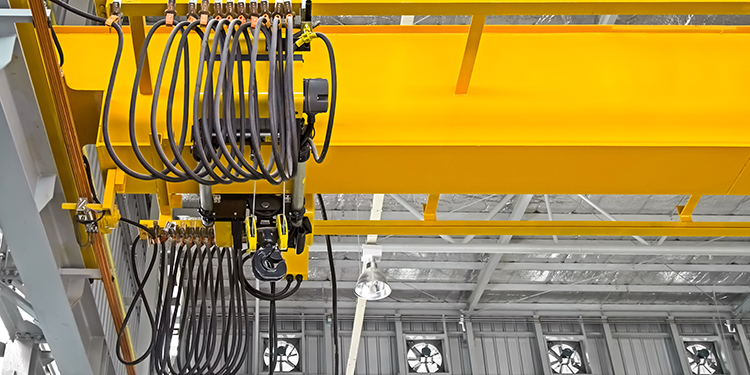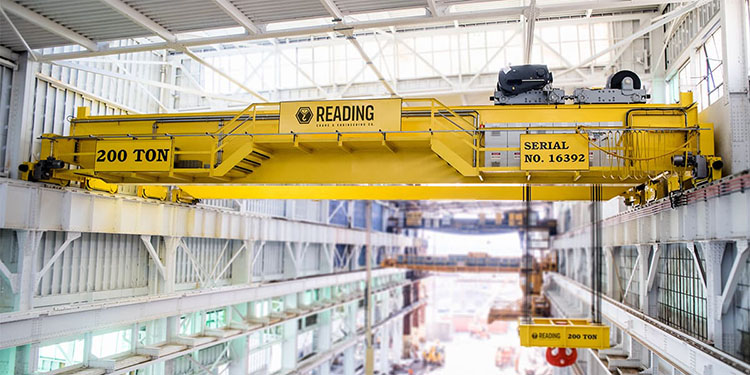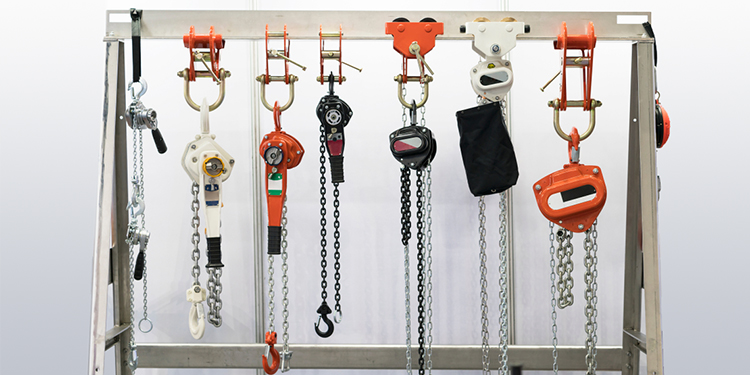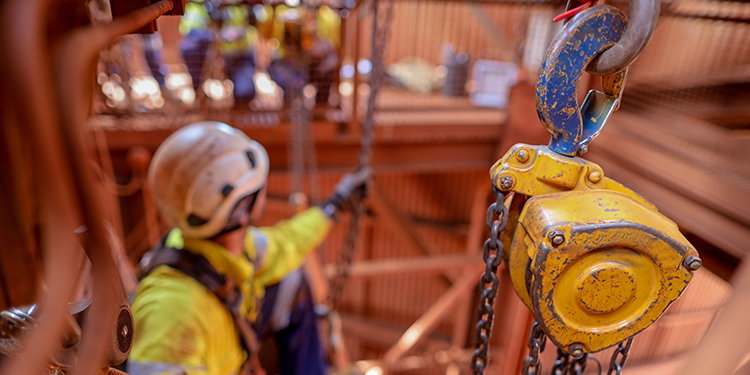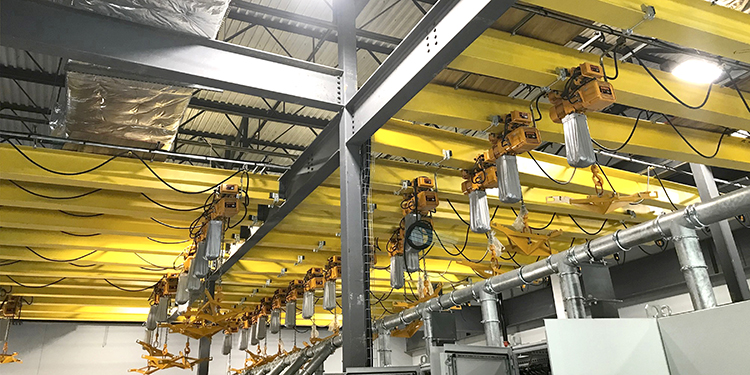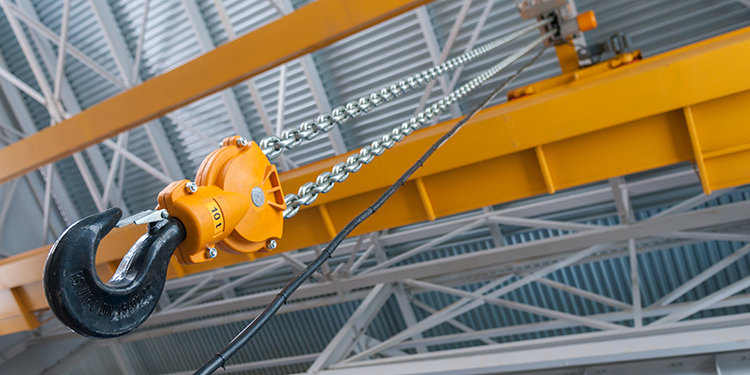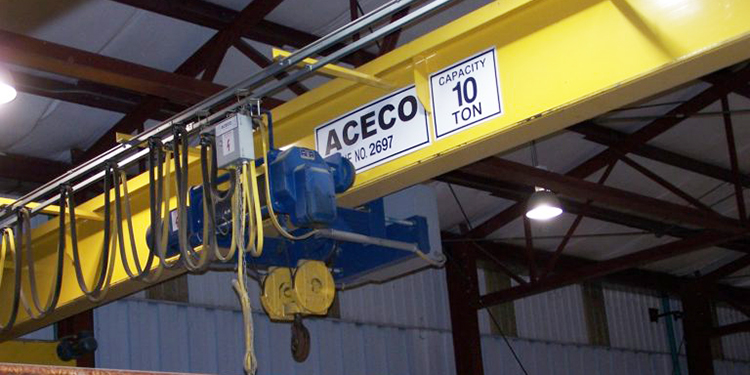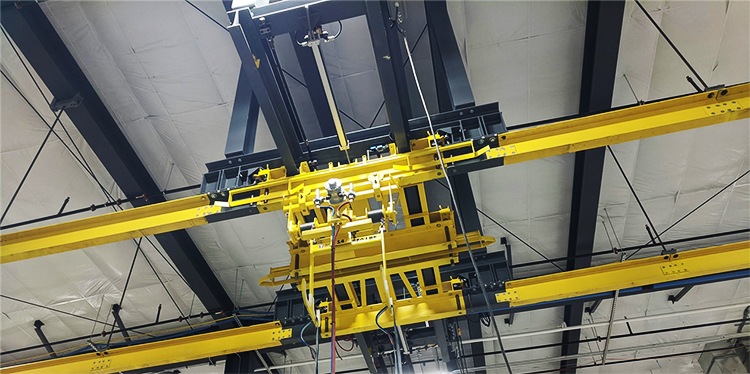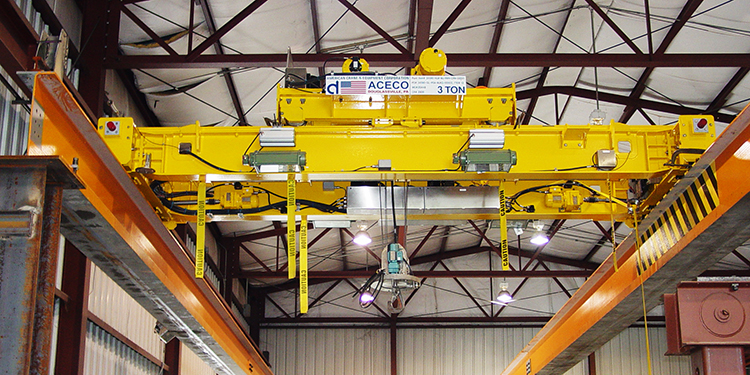Why A Hoisted Load Should Always Be Freely Suspended, Never ...
One of the key safety best practices in using a hoist is to only lift a freely suspended load. According to the American Society of Mechanical Engineers’ ASME B30.16 Overhead Hoists (Underhung) standard, freely suspended means that the load is ...
How Pre-Shift Hoist Inspections Keep An Overhead Lifting Operation Safe
Before using a wire rope, chain, or lever hoist for the first time during a shift or day, it’s important that the operator perform a pre-shift hoist inspection. These inspections, recommended by the Hoist Manufacturers Institute (HMI), ensure the safety ...
Prevent Off-Center Picks With Detection Systems For Overhead Handling
Although nothing replaces training and experience when it comes to improving safety in overhead lifting, there are devices that can alert operators to unsafe conditions. Among these risky situations is an off-center pick, also known as a side pull. In ...
Four Overhead Hoist Publications You Should Know
The members of the Hoist Manufacturers Institute (HMI) develop and publish several guidelines for the safe operation and service of overhead hoists. The documents, produced by the HMI Engineering Committee, cover a broad range of hoist types. HMI’s publications are the ...
HMI Webinar Explores Hoist Safety Best Practices
In addition to publishing guidance for the proper operation of hoists, the technical committee of the Hoist Manufacturers Institute (HMI) hosted a recent webinar to elaborate on select recommended practices. “Dos and Don’ts of Safe Hoist Operation” presents several potential ...
How Collision Avoidance Systems Make Overhead Lifting Safer
Crashing an overhead crane and hoist system into another overhead lifting device, facility structure, machinery, or people is something every operation wants to avoid. While operator training, experience, and awareness of surroundings certainly go a long way toward preventing a ...
Hoist Manufacturers Institute (HMI) Emphasizes Worker Training — No Matter ...
This article by Tom Gresham previously appeared in Volume 11, Issue 4 of MHI Solutions magazine. The hoist equipment that falls under the umbrella of the Hoist Manufacturers Institute (HMI), an independent trade association affiliated with MHI, covers a wide ...
Load Snag Detection Systems Enhance Operational Safety In Overhead Lifting ...
Operator training is always the most effective means to improve safety in an overhead lifting application. Training and experience help overhead crane and hoist operators avoid many of the most common safety challenges — including preventing load snags. That said, ...
Follow These Hoist Safety Guidelines To Protect Your Operation
Manual, air, and electric hoists enhance an operation’s ergonomics by enabling a single operator to lift and lower freely suspended, bulky loads for positioning, transport, and placement. In addition to eliminating the strain of repetitively lifting heavy objects manually, hoists ...
Restricted Travel Areas Prevent Overhead Cranes, Hoists From Colliding With ...
Ideally, every overhead crane and hoist would have a wide-open, unimpeded travel path throughout an entire facility. In reality, however, that’s rarely the case. Most distribution and manufacturing operations have a number of fixed obstacles — including columns, racking, machinery, ...



